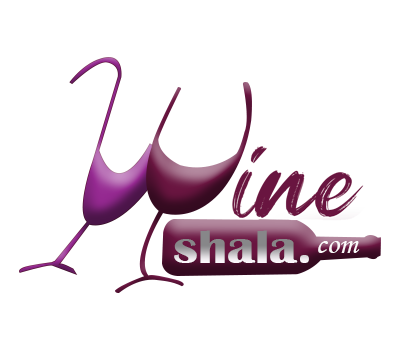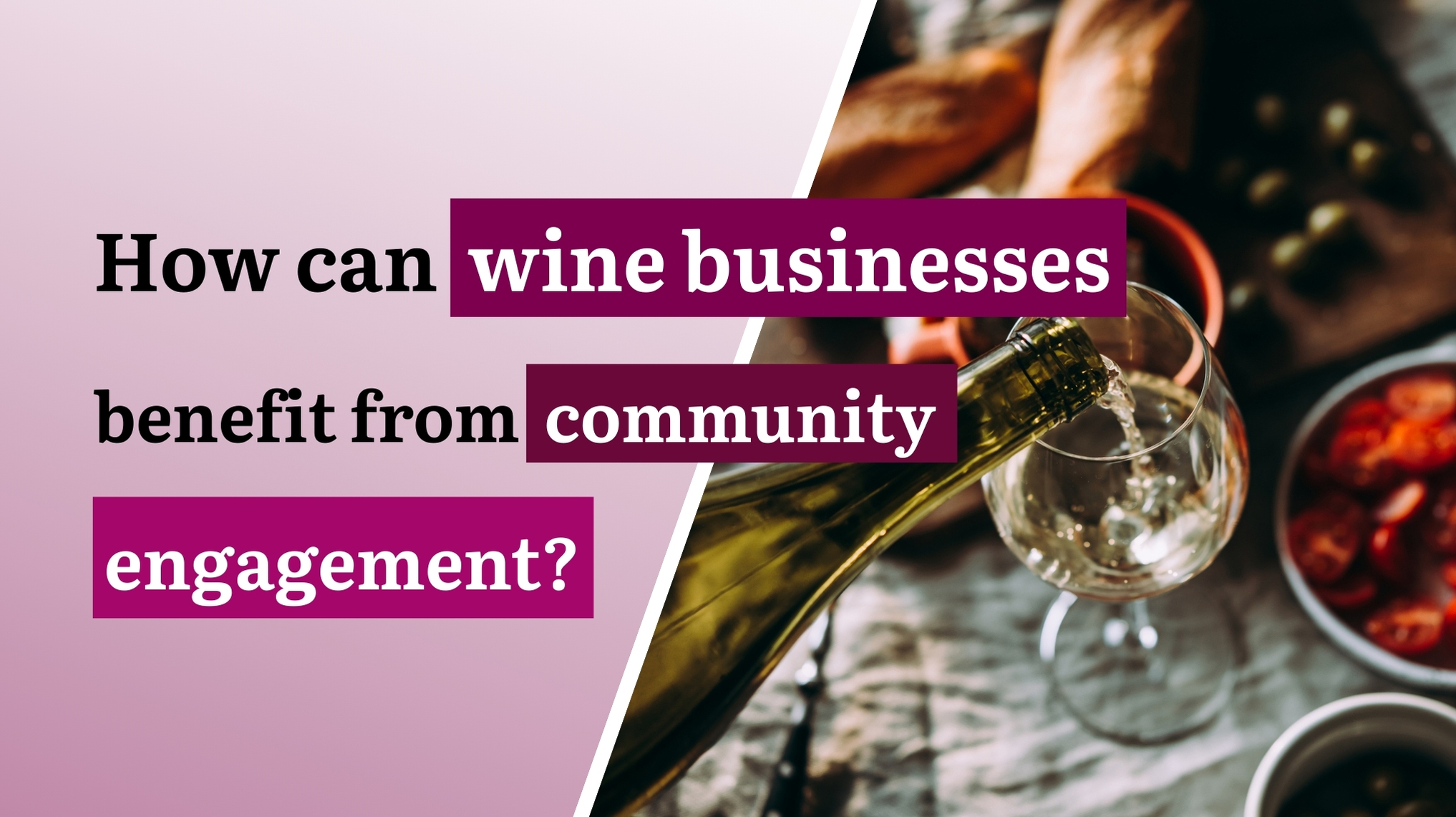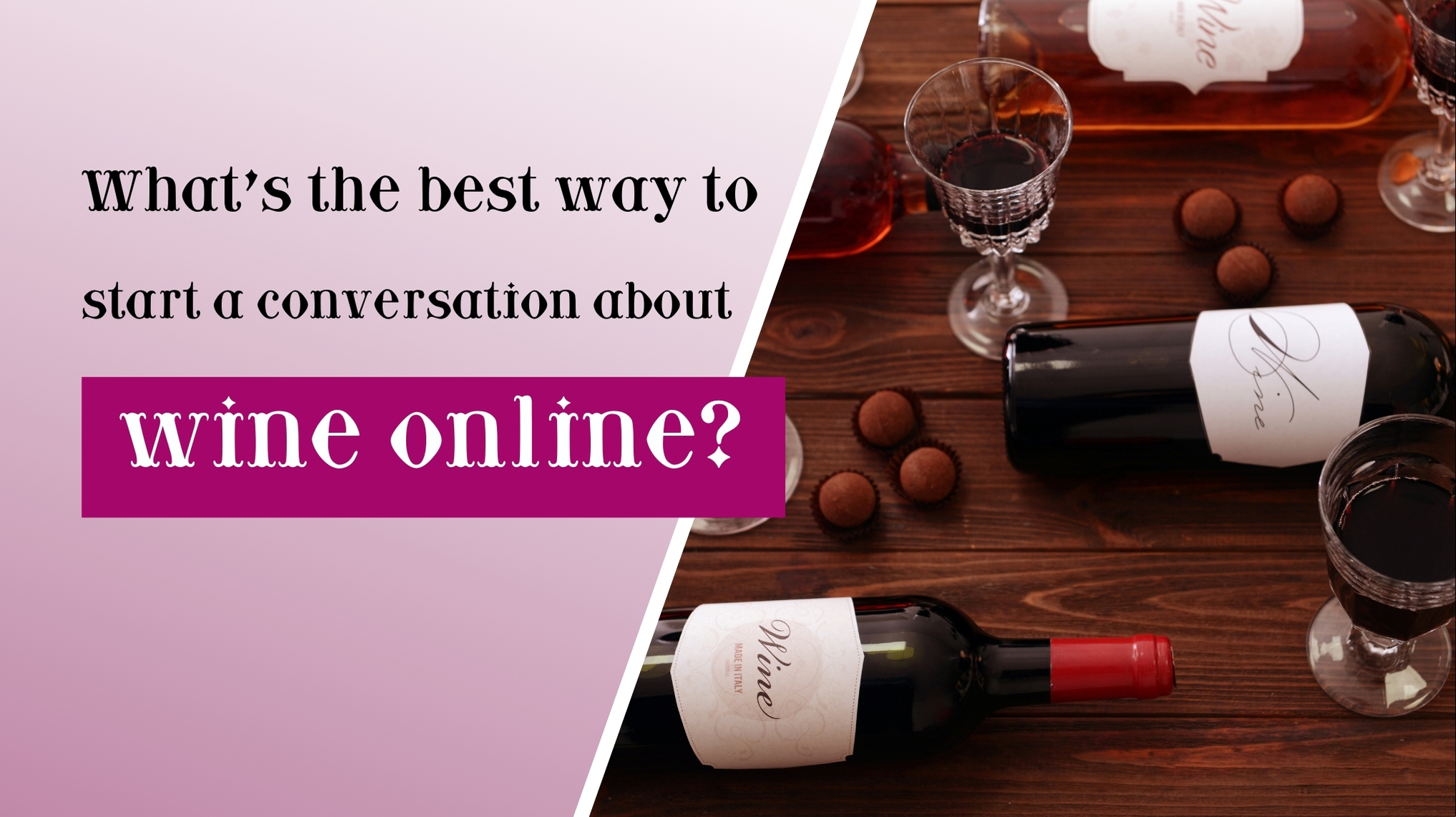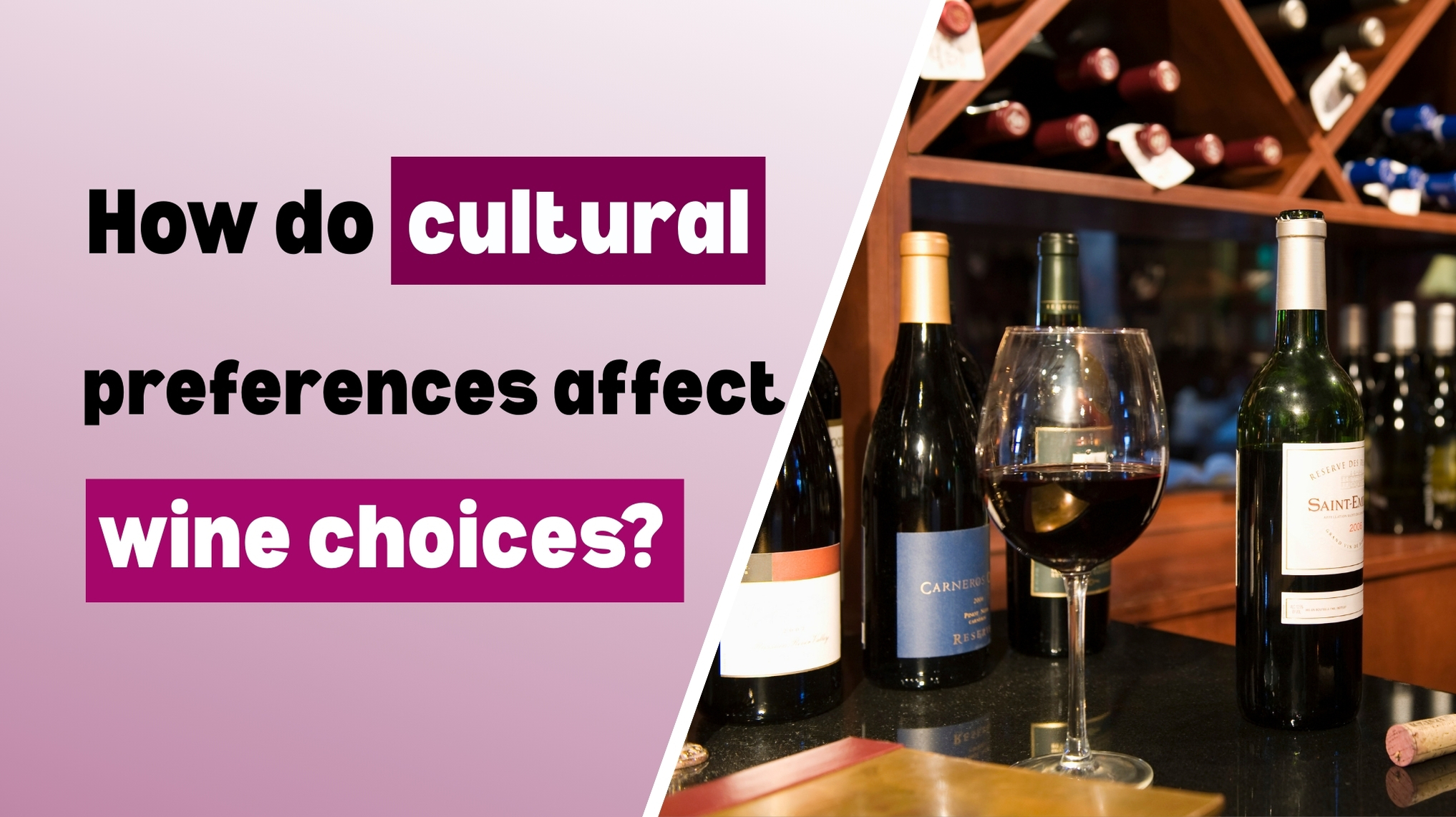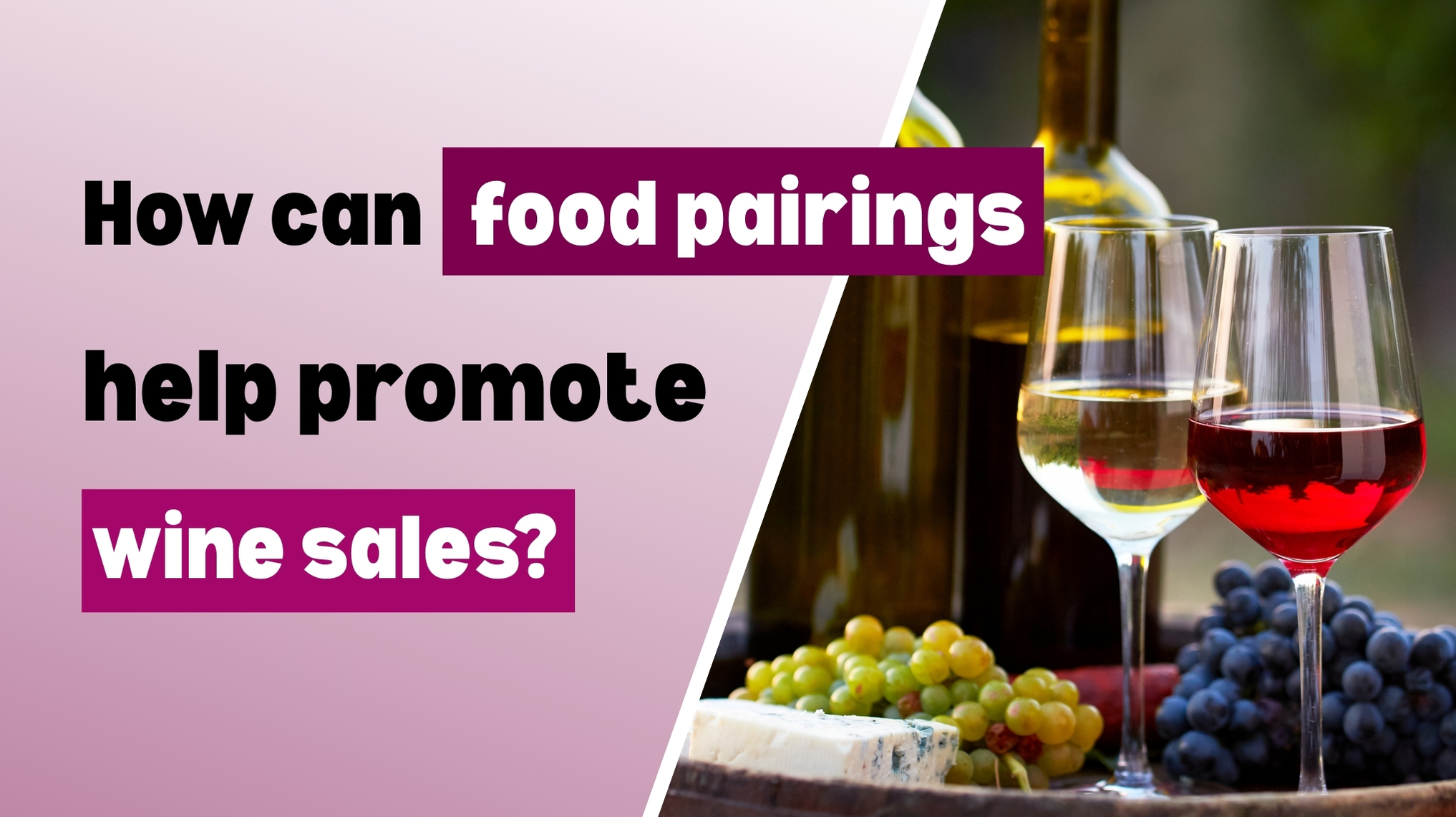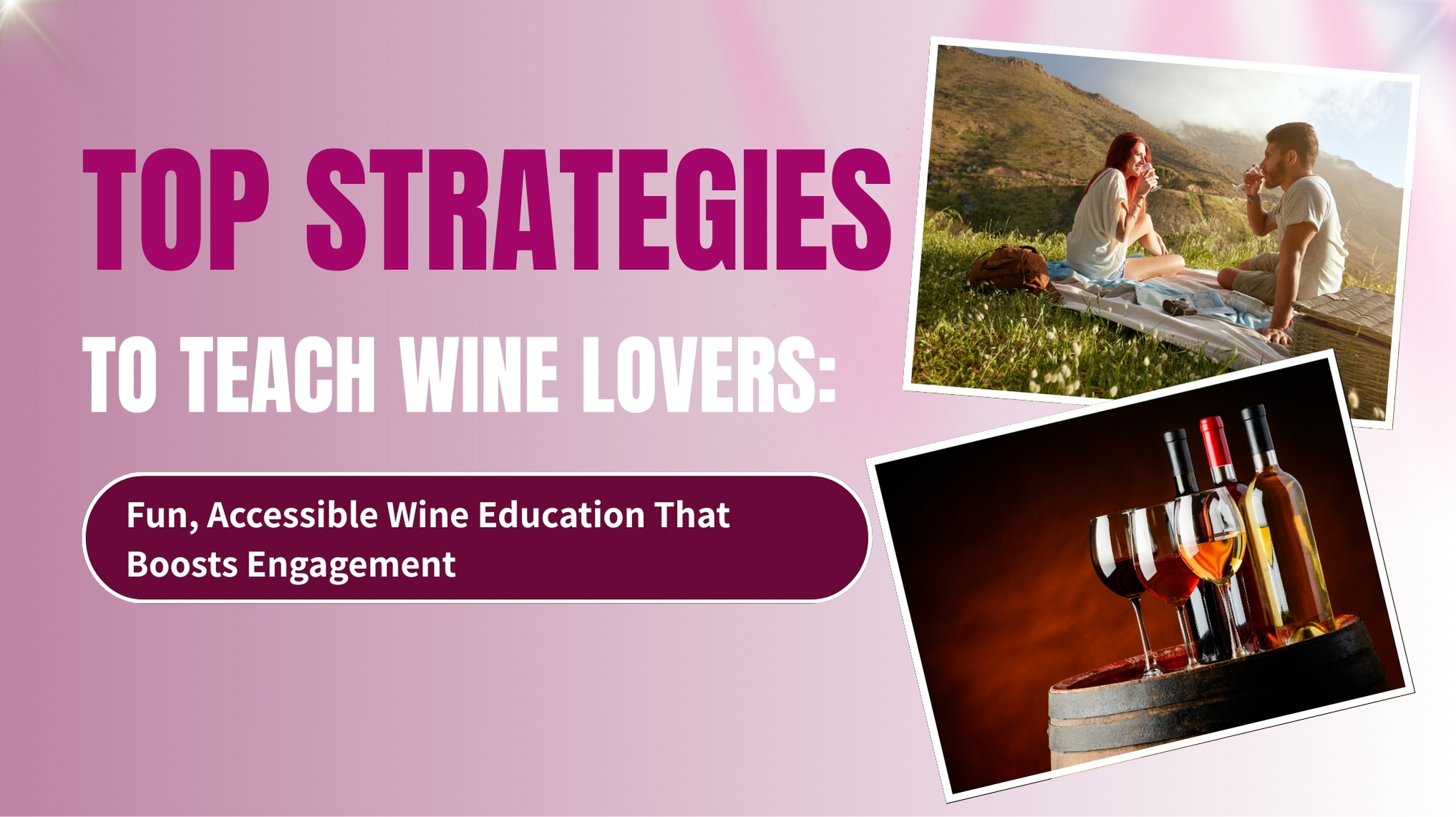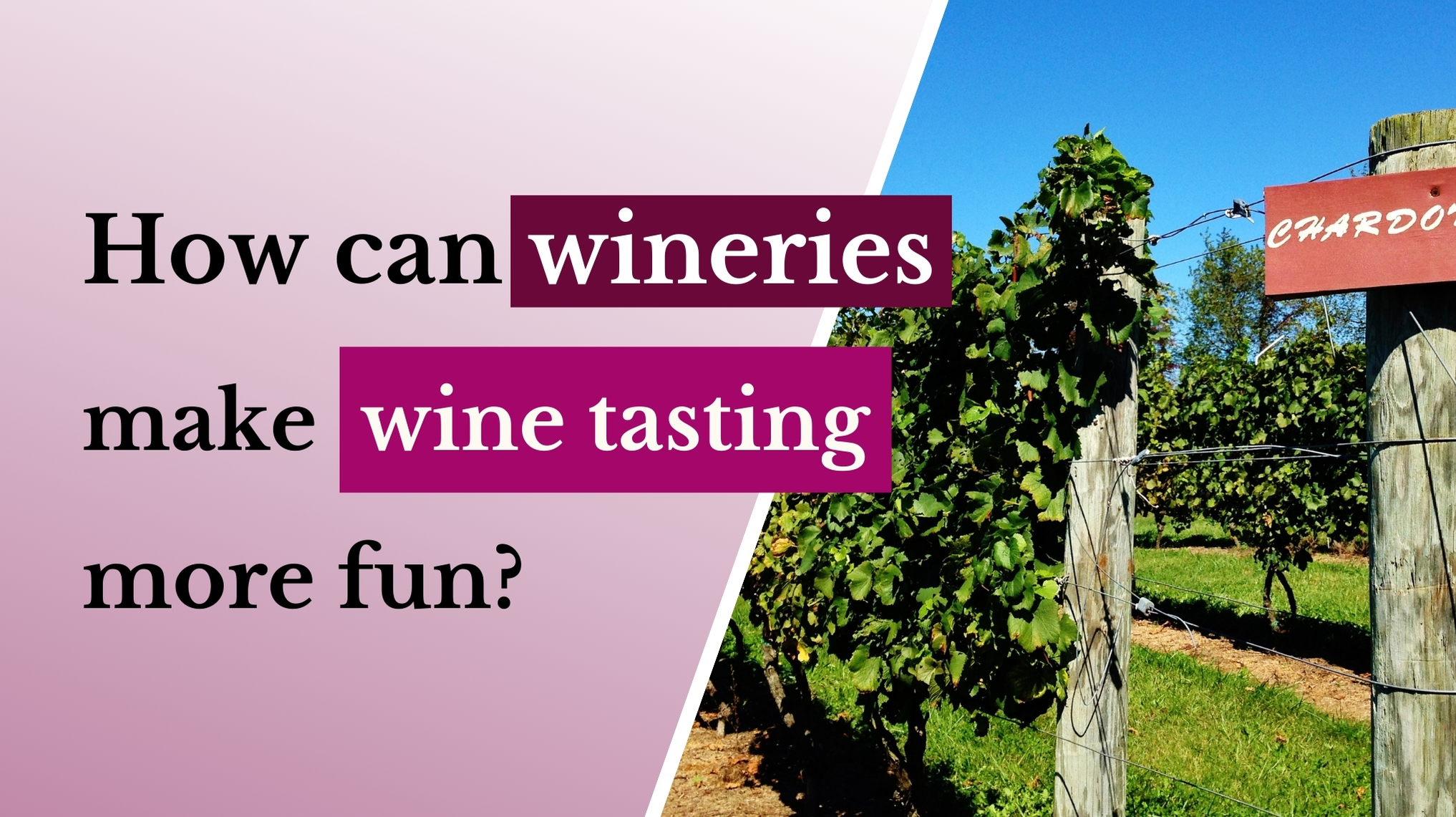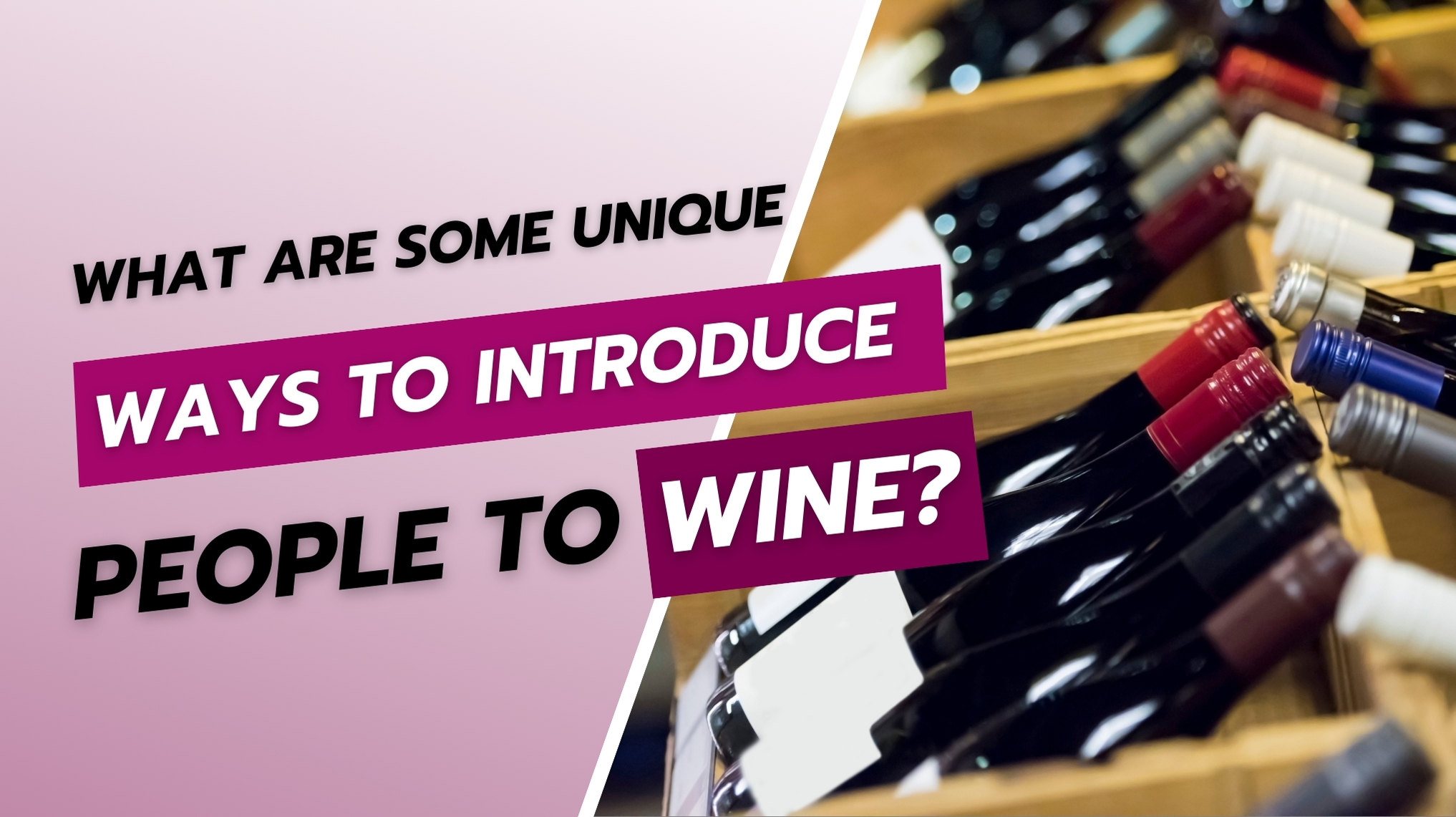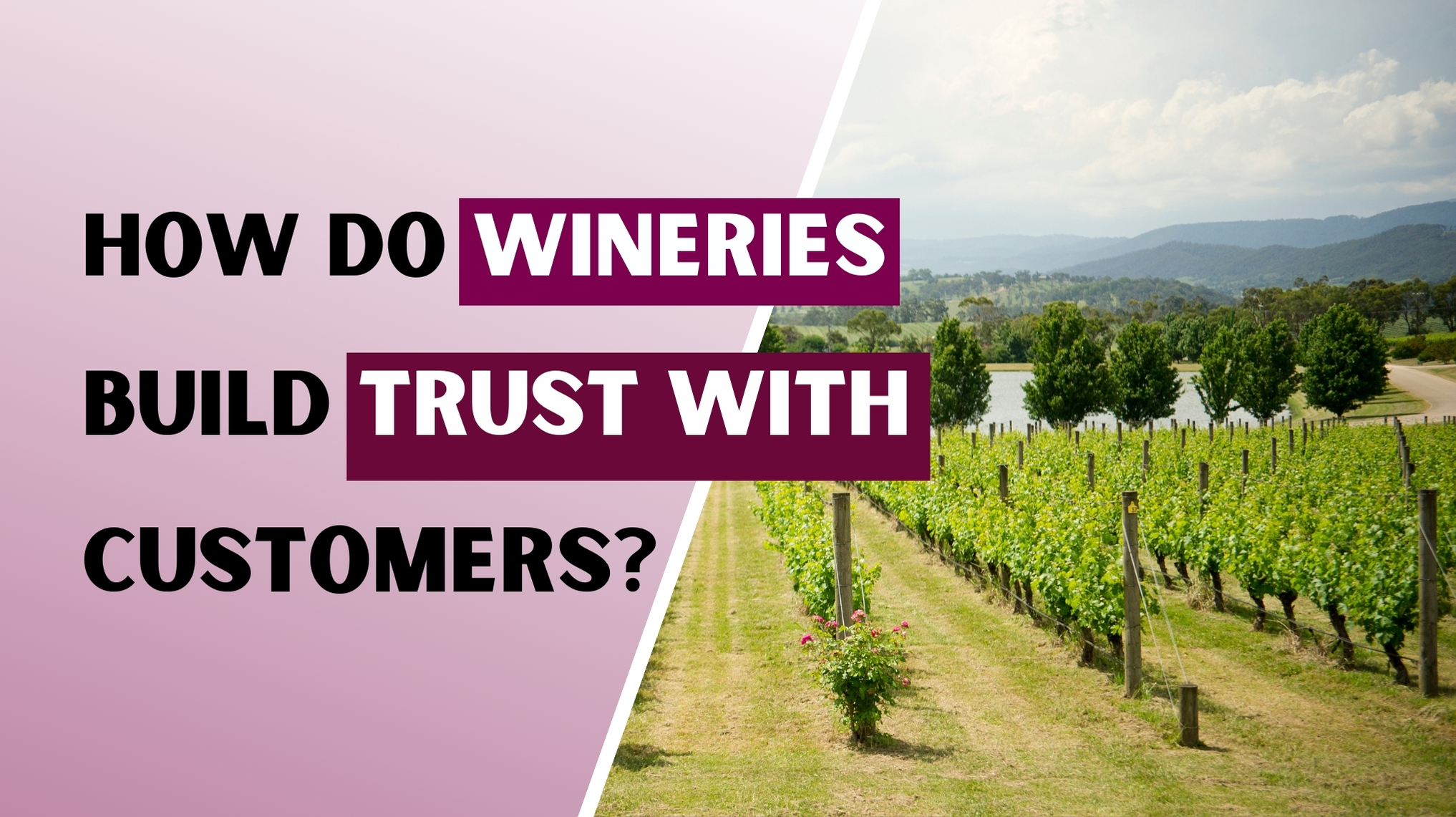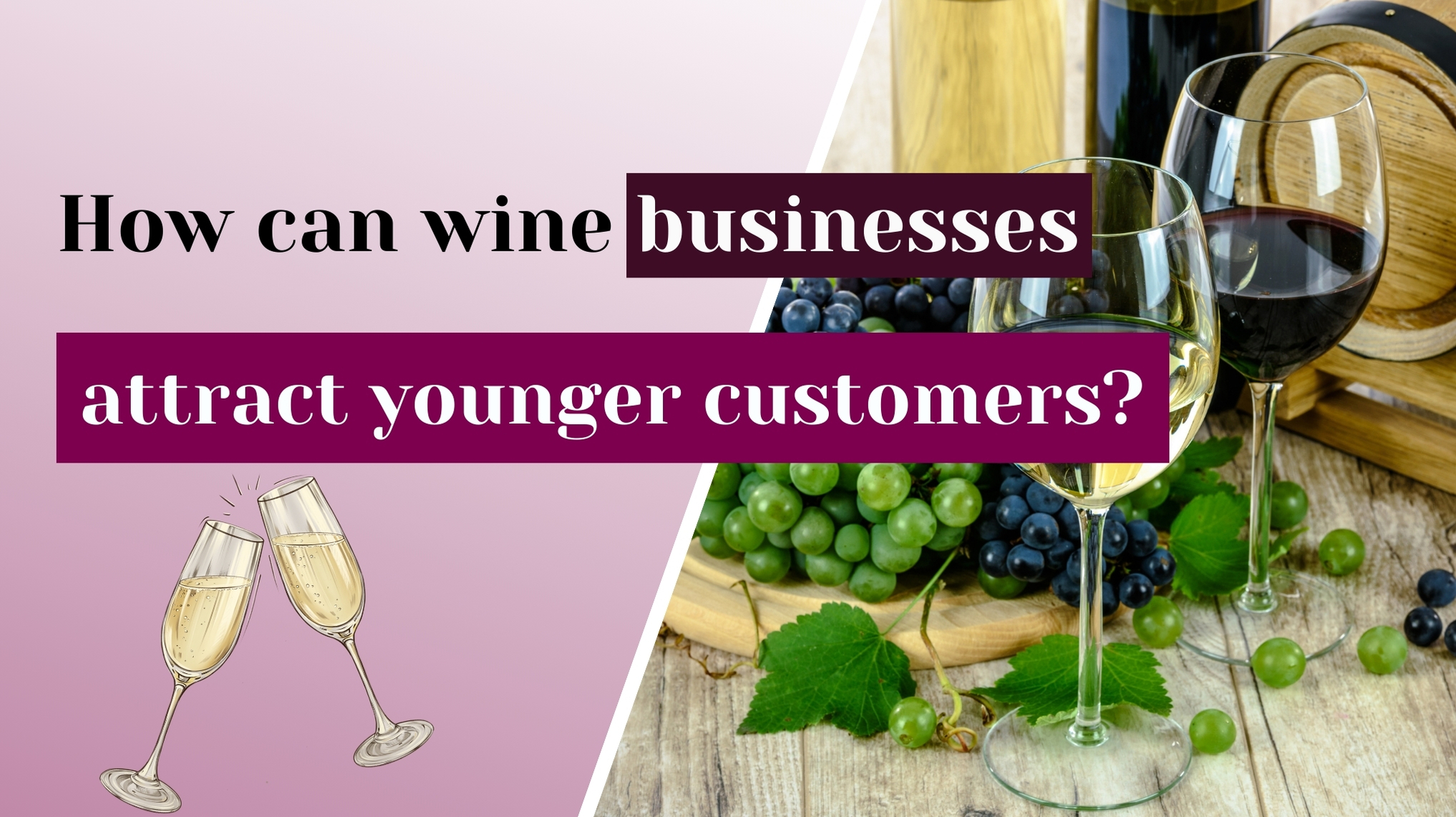Why Labels and Packaging Matter for Wine Sales?
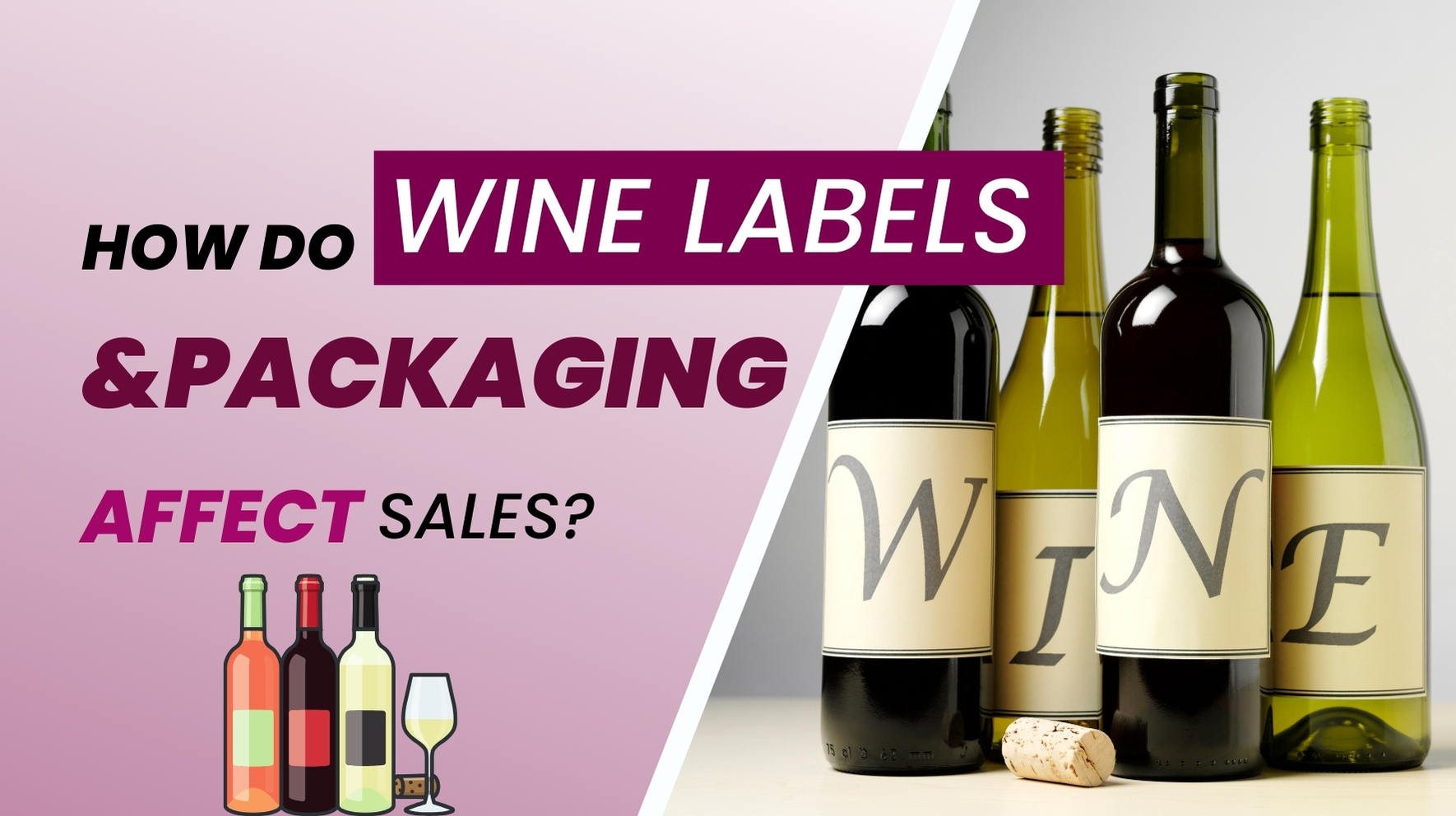
In a store full of wine bottles, people often choose based on the label and packaging. Research shows that up to 80% of buying decisions are made right at the shelf. In fact, 72% of U.S. wine buyers say label design influences their choice.
A smart label grabs attention fast, sparks curiosity, and can make a shopper pick up the bottle. Add sustainable packaging, and you’re giving customers even more reasons to buy.
As the global wine packaging market grows from $6.49 billion in 2024 to over $11 billion by 2034, design is more important than ever for standing out and increasing sales.
The Psychology Behind Wine Labels
First Impressions Count
When someone walks into a wine aisle, they’re often overwhelmed. A strong label can grab attention in less than a second. That quick interest can lead to a closer look—and a purchase.
Color and Curiosity
Studies show that black-and-white labels make people more curious than full-color designs. These minimalist labels are often linked with high-end, boutique wines and can increase buying intent by 15%.
Emotional Appeal
Good design speaks to the heart. Labels that remind people of nostalgia, romance, or adventure create emotional bonds. This connection leads to repeat purchases and word-of-mouth recommendations.
What Makes a Wine Label Effective
Typography and Readability
Fonts matter. Your winery name and grape variety should be easy to read, even in dim lighting. Serif fonts (with small lines on letters) give a classic feel, while sans-serif fonts feel modern.
Images and Illustrations
Art on the label tells a story. Whether it’s a simple line drawing or a full vineyard scene, images can highlight the wine’s origin and the winemaker’s care. But be careful—some designs can be divisive. For example, the Barefoot Wine footprint had mixed reactions.
Useful Information
The back label is just as important. Share where the wine comes from, how it tastes, and what food it pairs with. Adding a QR code to link to a video tour or winemaker interview gives customers a richer experience.
Packaging Types That Influence Sales
Glass Bottles
Glass is traditional and seen as high-quality. About 80% of premium wines use glass. But it’s heavy and fragile, which raises shipping costs and carbon emissions.
Boxed Wines and Bag-in-Box
Boxed wine is now cool. Sales are growing because boxes are convenient, easier to store, and last longer once opened. Brands like Bota Box are combining eco-friendly packaging with quality wine, changing how people see boxed formats.
Alternative Formats (Cans, Pouches, Paper Bottles)
Cans are great for on-the-go drinking—perfect for picnics, concerts, or the beach. Paper bottles, like those made by Frugalpac, cut carbon emissions by six times compared to glass. While they may cost more and have shorter shelf lives, they’re ideal for mid-range wines.
The Rise of Sustainable Wine Packaging
What Customers Expect
More than 60% of wine buyers care about eco-friendly packaging. Many are even willing to pay more for it. Since packaging and delivery make up over half of a wine’s carbon footprint, using sustainable materials helps both the planet and your brand image.
Eco-Friendly Materials
Wineries are now using:
Recycled glass
Lightweight cartons
Biodegradable labels
Some are even testing refillable kegs or bottles that customers can return and reuse.
Clear Communication of Sustainability
If your packaging is green, say it clearly. Add labels or certifications like FSC (Forest Stewardship Council) or Carbon Neutral. This makes your commitment real in the eyes of eco-conscious shoppers.
Real-World Success Stories
Barefoot Wine’s Label Refresh
By making its label simpler and adding clearer varietal info, Barefoot increased approval ratings by 13% in some markets. That’s a big win with just a small change.
Think Bold Gift Pack
This beautifully designed gift set earned awards and boosted sales by 20%. It also went viral on social media, bringing in lots of free exposure.
Château Malijay’s Paper Bottles
This French winery used Frugalpac paper bottles and sold 10,000 units in its first year. With media buzz and eco-friendly appeal, they’re aiming for 100,000 by 2025.
How to Measure Packaging Success
Shelf Testing
Compare old and new designs side-by-side on store shelves. Wineries that used premium-style labels saw up to 12% more sales.
Scan Data
Look at barcode scans before and after a design change. If your sales go up, the label might be the reason.
Customer Feedback
Ask buyers what made them pick your wine. Surveys show that label clarity and imagery are key reasons for purchase. Use tools like eye-tracking to see what really catches attention.
Best Practices for Winning Wine Design
Make it easy to read – Especially in dimly lit stores
Mix art with info – Combine beautiful design with helpful text
Test colors – Monochrome may outperform full-color for some audiences
Show off your green side – Add eco-labels to highlight sustainability
Use data to improve – Keep testing new designs and formats
FAQs About Label and Packaging Design for Wine Sales
1. How much does a wine label influence buying decisions?
A lot—up to 80% of wine purchases happen because of what people see on the shelf.
2. Do black-and-white labels really work better?
Yes. They can boost curiosity and are often seen as more premium.
3. What’s the best wine packaging format for the environment?
Paper bottles and lightweight boxes offer the lowest carbon footprint.
4. Can design really increase wine sales?
Absolutely. Even small changes to the label or packaging can improve visibility and conversions.
5. How should I measure design success?
Use shelf tests, scan data, and customer surveys to track what works.
6. Should I invest in sustainable packaging?
Yes. Most customers care about it and will often pay more for green choices.
